|
Sam Burnham, Curator Ken Burns has become a mainstay in our modern society. His documentaries have covered a vast swath of our history, our culture. The Civil War. Baseball. Jazz. If his only contribution to this society was shining a light on the genius who was Shelby Foote, he would deserve the thanks and admiration of the whole world. But The Civil War was deeper than just Shelby Foote. And Baseball was a masterpiece. So when I heard he was going to take on Ernest Hemingway I knew I had to watch. And I did. And I have since. And I took in the specials, virtual breakouts where panelists offered commentary on different topics from the documentary. I want to share my ideas on this documentary and the specials because I think that through this production we can see the current trend in cultural commentary in microcosm. In the main film Ken Burns and Lynn Novick present a fairly comprehensive biography of one of America’s most storied writers. In his childhood we see the events that laid the foundation in his mind to create the stories that would change the direction of American literature. Hemingway’s experiences with wars, marriages, immersion in foreign cultures, and numerous head injuries built on that original foundation to draw the arc of Hemingway’s life story. I want to start with some of my positive takeaways. The music was splendid. I loved the way the Spanish bullfighting was woven into the story. It was important to Hemingway and the explanation that it’s not a traditional Western sport. It’s more like theatre, specifically a tragedy. The Spanish guitar peppered throughout the film kept that tragedy constantly in a back corner of the mind. Like the bullfight, the viewer knows how this story ends. It’s an implied metaphor - a life and a bullfight, one in the same. It’s brilliant. Narrator Peter Coyote guides us through this tragedy and Jeff Daniels brings the subject’s own words to life. Both men stir the imagination and engage viewers without becoming the focus. The narration never overpowers the story. One commentator in particular, Irish writer Edna O’Brien, grew on me. There are moments I find her harsh rather than honest. However, the more I’ve listened, the more I find her criticism to be the most substantive of any of the participants. I love the way she related passages by grasping a book and reading the words for the audience. Her most stirring contribution involved Hemingway’s controversial short story Up in Michigan. She used the text to demonstrate that Hemingway didn’t hate or disrespect women. Her assertion is that he understood the feminine mind quite well and related a woman’s thoughts and actions accurately for the circumstances he was describing. Peruvian writer Mario Vargas Llosa was brought on to share some perspective on Hemingway’s experiences in Spain and Cuba. His insights were mostly constructive but he also called Hemingway out a few times. His contribution added some depth to the documentary. But there are serious flaws in the production as well. While the cast of commentators appears diverse on the outside, if you were watching with your eyes closed, you would notice very little diversity. The ideas shared are fairly homogeneous throughout. If you looked at the voting preferences of the panelists, you would likely notice very little variety. And this isn’t just a problem of politics. The most conservative person in any sense of the word that you find in this production is the late Arizona senator John McCain, who has a few comments about specifics point in Hemingway’s writing peppered in. Author Tobias Wolff has a much heavier influence on the presentation. In a segment dealing with Hemingway’s love of hunting and fishing he comments that it “puzzles me a bit that having seen so much violence, so much killing, not just death but killing, the pleasure in killing is a mystery to me. I don’t understand it.” That’s what he said but what I heard was “I don’t understand hunting or fishing. I don’t understand Ernest Hemingway.” Why is there no opinion offered to show the other side of this issue? Conspicuously absent is anyone who seems able to put any sort of context on hunting, a major influence on his life. There is no attempt to connect the “violence” of activities like hunting and fishing to Hemingway’s experiences in war and the PTSD that plagued him.. There are numerous veterans groups that could have explained this connection quite well. The concept is key to the work being done by Comfort Farms/Stag Vets and other similar groups. But rather than looking for this angle, we just get lots of hand wringing by city people. The most egregious offender of the entire presentation was one of the special events that is available for streaming via the PBS app. It’s one of the breakout session-type productions that accompanies the main film. Here we have a band of suburban soccer moms who all voted for the exact same people gathered together to discuss “Hemingway and the Natural World. There is not one hunter. There is not one advocate of Hemingway’s view of the outdoors. There is absolutely no diversity of thought. There is a lot of discussion of “toxic masculinity” (without contrasting it against healthy masculinity) and a lot of insinuation that Hemingway was compensating for some inadequacy but no real evidence of either claim and certainly no counterpoint. It’s a feminist iteration of Spanky’s “He-Man Woman-Haters Club.” It is miserable to watch. While the artistic presentation was beautiful and there are highlights of greatness throughout the film, the lack of diversity of thought kept the documentary from being truly great. They open the film with Hemingway’s quote about his goal in telling a story; “If it is all beautiful, you can’t believe in it. Things aren’t that way.” There was a lot of hand wringing about his use of racial slurs and bigotry in his stories. There was no discussion of how we as readers should react to the characters he created. There was no discussion of how reading these stories impacts how we see the world or how we present ourselves to it. As flawed characters develop in a story, the shock of their unacceptable behaviors impacts us. We have to deal with that. It isn't a celebration of hate, it is an acknowledgement of reality. When Hemingway himself engaged in such bad behavior regarding his previewing of From Here to Eternity by James Jones, we see how threatened he felt by the potential rise of another writer. Rather than diving into that insecurity, commentators focused on the words he used rather than dig into why he said them. They took the lazy way out. Ernest Hemingway was a deeply troubled individual. He had serious character flaws. He made some horrible decisions and did some terrible things. That side of him needed to be explored, contemplated, understood. He should not have been given a pass for him many misdeeds. He was also a brilliant, innovative writer who impacted the writing of these critics and thousands of writers everywhere. He made himself at home in France, Spain, Florida, Cuba, and Montana. He was comfortable at the Ritz in Paris, on the Savanna in Africa, at a bullfight in Spain. He obviously suffered from the effects of PTSD, multiple traumatic brain injuries. He had a family history of suicide, likely linked to mental illness. How he made it to 61 years of age remains a miracle to me. He was more diverse than the panel assembled to help us understand him better. And we missed an opportunity to do exactly that. He was poorly represented in this group and those participants who could have understood him best (Tim O'Brien and John McCain) had minuscule influence on the conversation. It’s a shame there weren’t other ideas presented.Unfortunately, that is the current trend. Certain points of view, certain beliefs, certain people are being intentionally excluded from the marketplace of ideas. Publishing company employees are demanding their employers refuse to publish books by people they don’t agree with- which hints at the lack of diversity of thought in those companies. Social media platforms routinely throttle down the visibility of certain people and ideas. What we see in this documentary is a picture of the broader world. It’s a serious problem. But the problem of the accepted norms of political and cultural commentary is another topic for another day. And that day is coming soon.
0 Comments
Sam Burnham, Curator (See the story about potential changes to a bridge connecting this district to Broad Street here.) The Oostanaula isn’t a swift moving river. It’s not particularly deep. It makes one last bend as it approaches downtown Rome just before it meets the Etowah to form the Coosa. Inside that bend lies a stretch of land that has a history, and now a future, of its own. Prior to 1939, everything that happened on the west bank of the Oostanaula depended on one all-powerful variable - the water level of the river. 1939 was the year that the Army Corps of Engineers completed the levee that now keeps the river in its channel even through the rainiest of days. Before construction of the levee, the river was prone to come up over the bank and flow over the ground. It was not unheard of for the land to be several feet underwater. If we go back two centuries, this land was owned by John Ross, a chief of the Cherokee Nation. He had a home on this land. All of his property was seized from him as part of the Cherokee removal. With the Indian (who was of Scottish descent) gone, the land was available to development by white settlers. The land would become the town of Desota, distinctively separate from Rome which was growing across the river. Through the tenure and demise of Desota, this land was inhabited by gritty, hardy people. Homes in the area were built on six foot tall masonry piers to keep them above the floodwaters. Loggers floated felled trees from upriver to a sawmill that produced lumber. The sawmill work helped earn a section of this area the nickname "Beaverslide." Even after Rome annexed the land it remained a blue collar area. The levee opened the area for wider development. Welders, machinists, mechanics, buggy makers, glaziers, and electricians, just to name a few, all based their businesses here. Calloused hands fabricated, assembled, repaired, or re-purposed the items that made life possible. And in an old barn, the renowned artist Robert Redden opened his studio. Now this area, with its history of craftsmanship, is being touted as an arts district. This is the inspiration for a new campaign that has developers, investors, artists, and entrepreneurs moving in and establishing their businesses. Dubbed "The River District," this area is now the location of a flurry of activity. Long-concealed windows are being reopened. Fresh paint is being applied. Long established blue collar businesses are getting new neighbors. There are already restaurants, a bar, a theatre company, a bakery. There are insurance and law offices. Removing a masonry cocoon to uncover the beauty 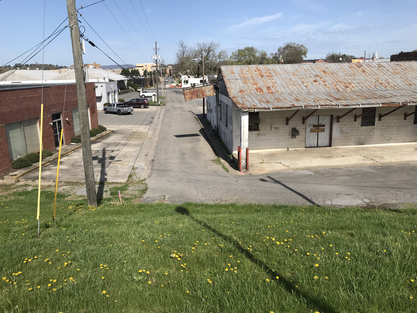 A hardworking past and a promising future A hardworking past and a promising future The land would become the town of Desota, distinctively separate from Rome which was growing across the river. Through the tenure and demise of Desota, this land was inhabited by gritty, hardy people. Homes in the area were built on six foot tall masonry piers to keep them above the floodwaters. Loggers floated felled trees down the river to a sawmill that produced lumber. The sawmill work helped earn a section of this area the nickname "Beaverslide." Even after Rome annexed the land it remained a blue collar area. The levee opened the area for wider development. Welders, machinists, mechanics, buggy makers, glaziers, and electricians, just to name a few, all based their businesses here. Calloused hands fabricated, assembled, repaired, or re-purposed the items that made life possible. And in an old barn, the renowned artist Robert Redden opened his studio. Now this area, with its history of craftsmanship, is being touted as an arts district. This is the inspiration for a new campaign that has developers, investors, artists, and entrepreneurs moving in and establishing their businesses. Dubbed "The River District," this area is now the location of a flurry of activity. Long-concealed windows are being reopened. Fresh paint is being applied. Long established blue collar businesses are getting new neighbors. There are already restaurants, a bar, a theatre company, a bakery. There are insurance and law offices. Such an eclectic mix of enterprises lays a foundation for a diverse economy. It also creates a staggered effect for parking in the district. Some businesses create a daytime demand while others need those spots in the evening. This effect also applies to employment meaning the district will be producing incomes, and therefore tax revenue, throughout the day and well into the night. Another development in the district could involve the addition of 200 residential units. Currently there are roughly a dozen residential units in the entire district. Adding residents to the district could change the entire dynamic. At least in recent years people have come here to work or do business. Employees and customers all lived elsewhere. Now this can be a place where, as the trendy adage goes, people can work, live, and play. The urban-mixed use zoning designation opens possibilities for different sorts of development. If the city leaders handle this district wisely, if they allow local artists and entrepreneurs to thrive there, if they copy the streetscape ideas that have been so successful across the river, this district with thrive and benefit the town and the people who live there. Many times I have cited the assertion of James Kunstler regarding defining space and creating places worth caring about. Building a well-defined and timeless public space will bring people in, therefore encouraging economic and cultural development. If they give in to trendy design ideas and the strip mall mentality, they will ruin the good things that are already going on there. The district will become ugly and dated in a matter of months. This is a potential win. This is where we could see historic preservation combined with new development built in a similar style come together to give birth to the economic and cultural future. Two beautiful and tastefully developed sides of the river, connected by bridges and a long-established trail system could double the size and impact of downtown without the destructive and ugly sprawl that has ruined so many other cities, particularly in North Georgia. Special thanks to Selena Tilly of the Rome Area History Center and also to Brice Wood and Artagus Newell of the Rome-Floyd County Planning Department for providing essential information for this story. |
Sam B.Historian, self-proclaimed gentleman, agrarian-at-heart, & curator extraordinaire Social MediaCategories
All
Archives
November 2022
|
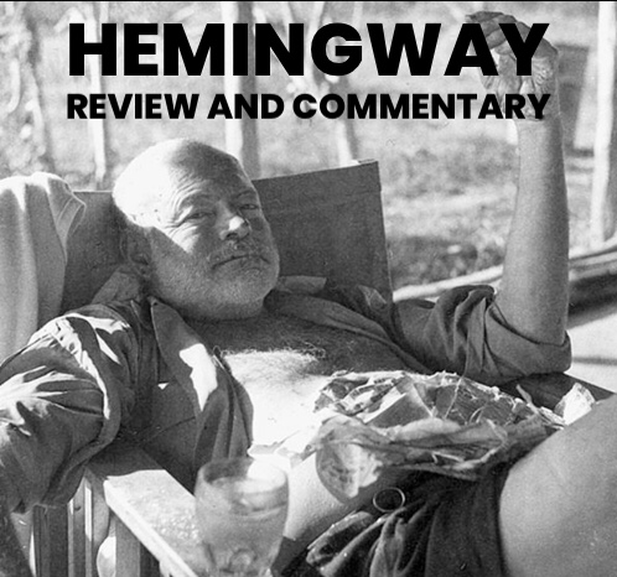
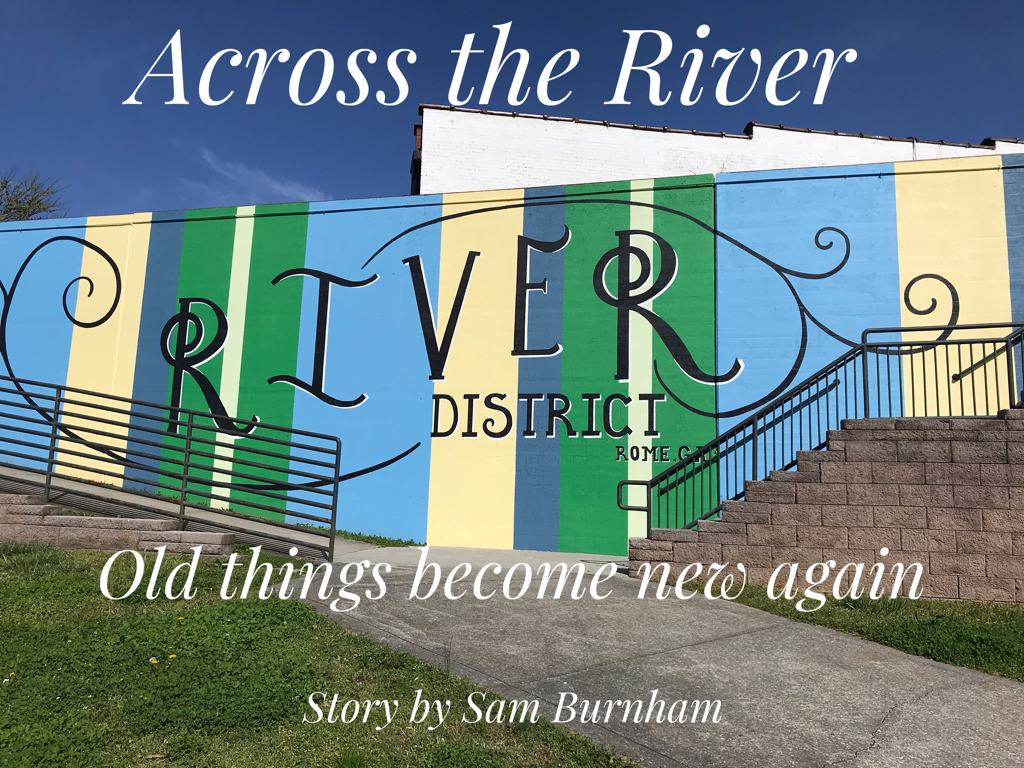
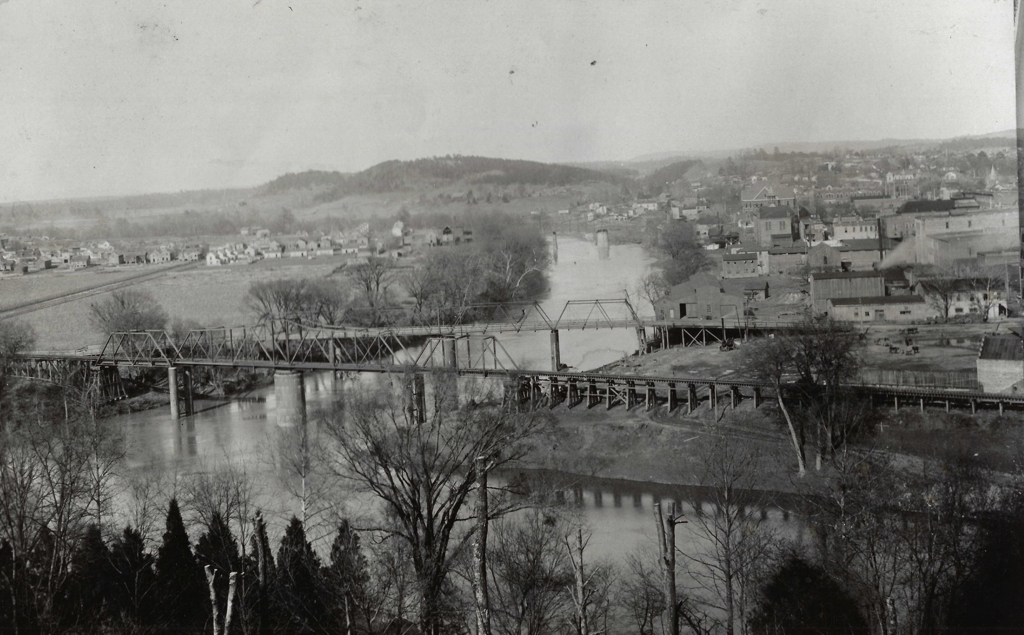
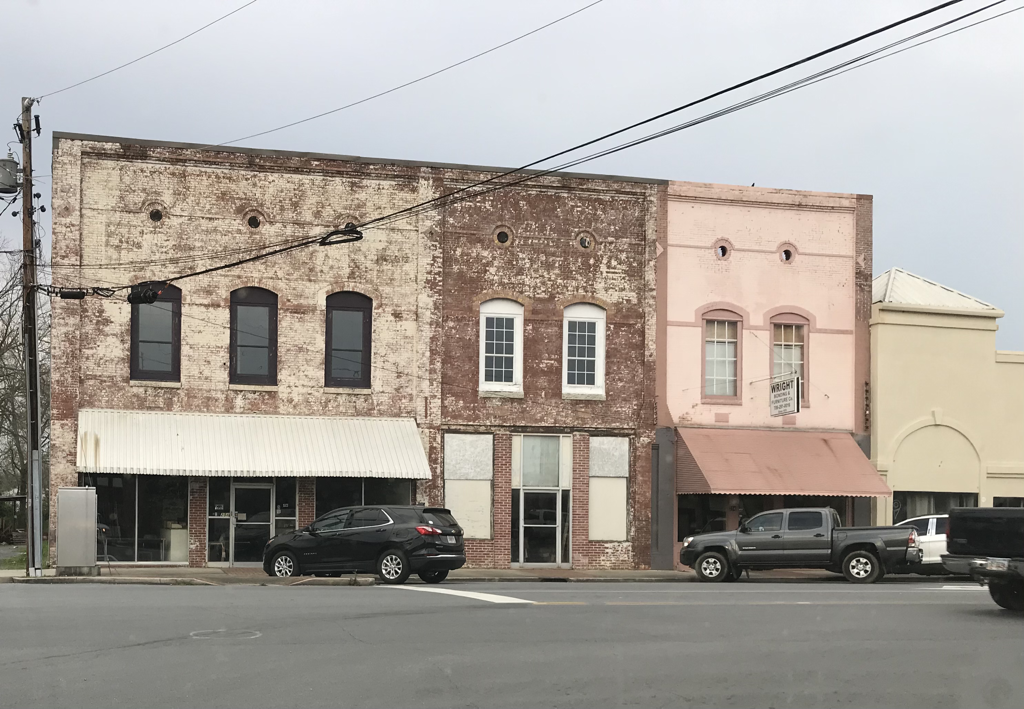
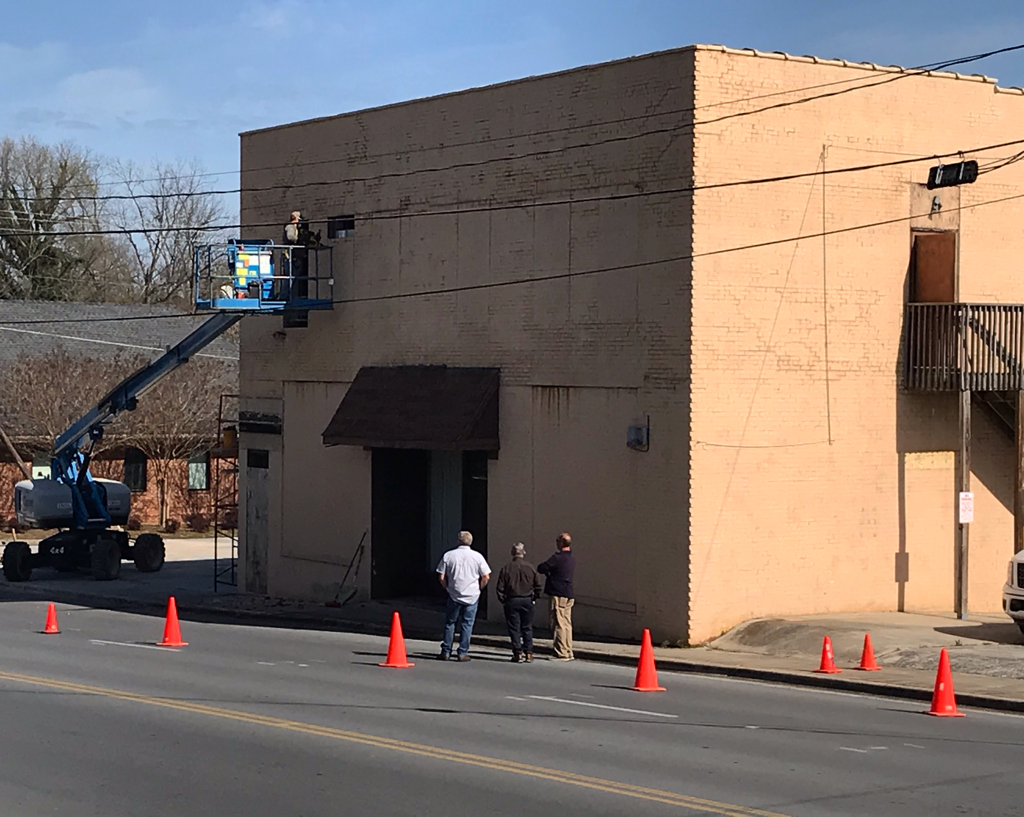
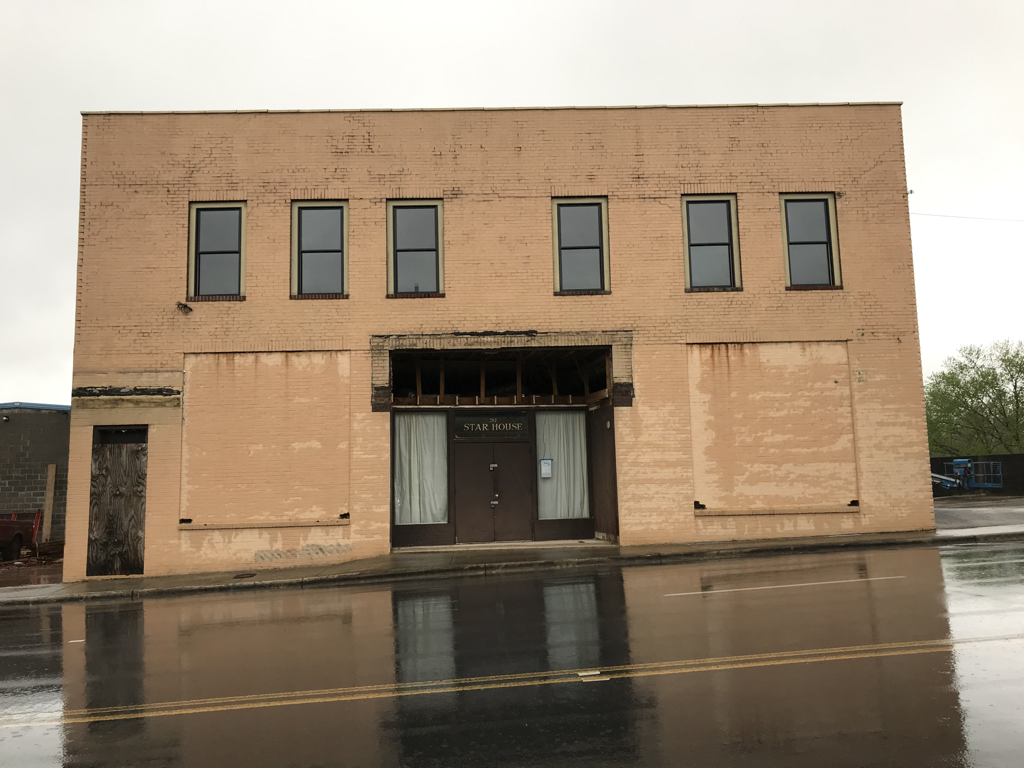
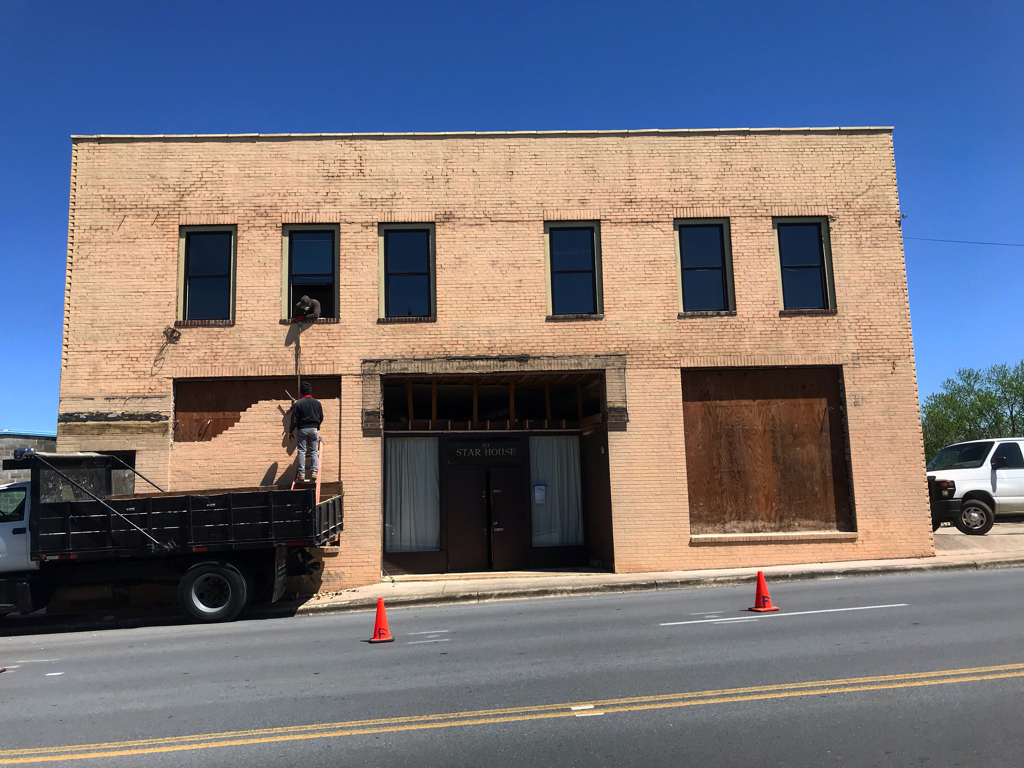
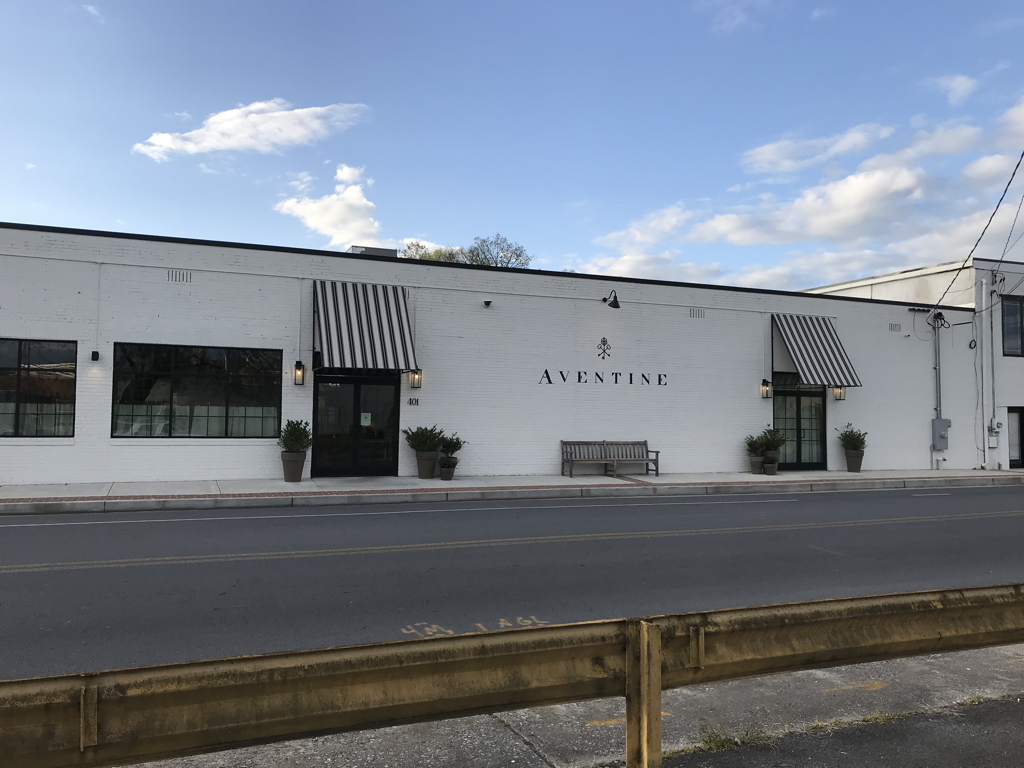
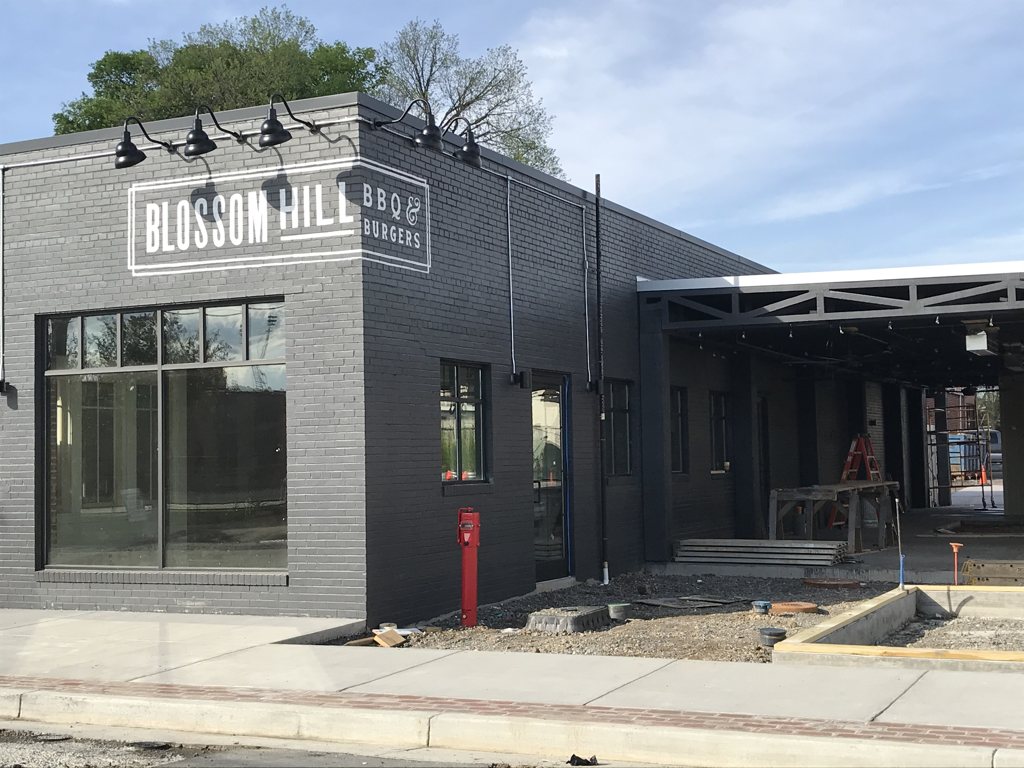

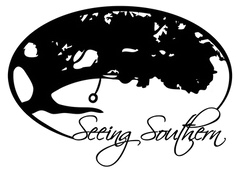

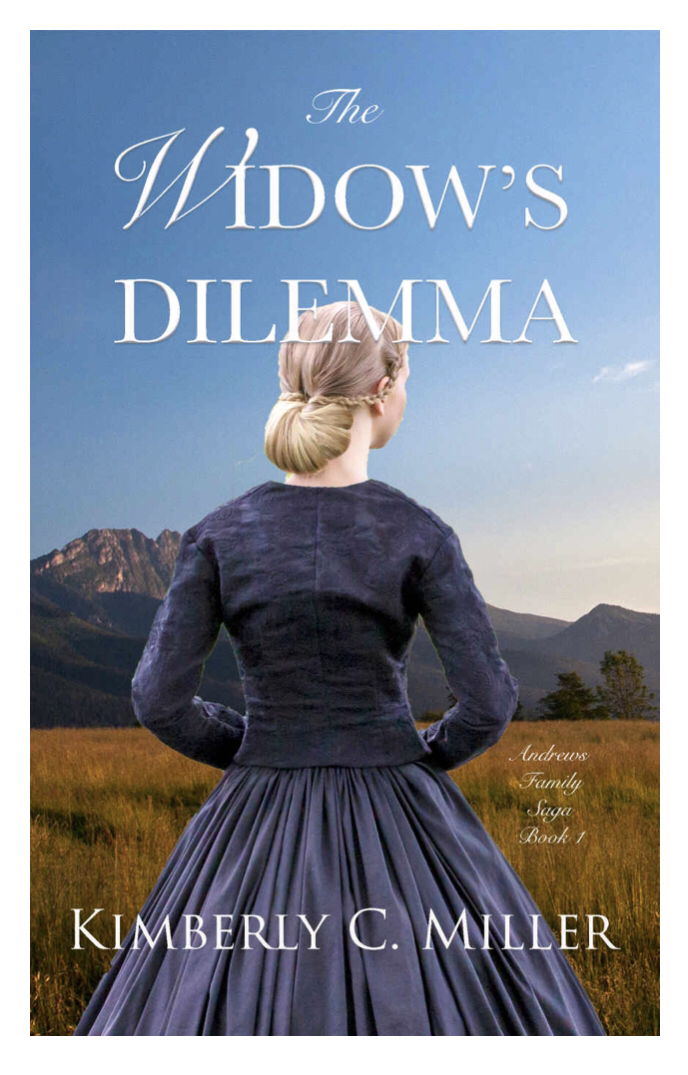
 RSS Feed
RSS Feed
